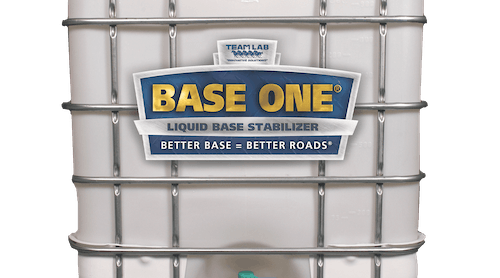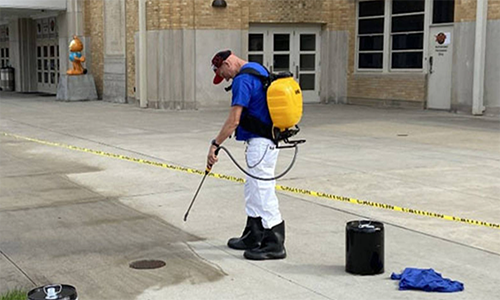By Maximillian Ovett
For years, state transportation agencies have followed national standards to manage and maintain bridges. As these standards have become ingrained at the state level, local governments have the opportunity to adopt and adapt similar bridge management benchmarks as a way to improve bridge infrastructure.
This systematic approach can prove beneficial as the bipartisan Infrastructure Investment and Jobs Act (IIJA) takes effect. Here are five bridge management practices that can help local agencies make the best use of funds.
Know your bridge inventory: Any asset management workflow is dependent on data. Fortunately, the U.S. has an abundance of readily available data about bridges—most notably, the National Bridge Inventory database. A bridge management system (BMS) can facilitate more than data collection. It is the next step for agencies to evolve beyond traditional spreadsheet data management practices that can restrict strategic assessments. Moving to a BMS framework provides a resource for current and historical maintenance activities.
Prioritize the local needs: State transportation agencies have found that a systematic approach to bridge management results in a better use of funds. This approach allows bridge asset managers to assess options and prioritize needs.
Set performance targets: The Federal Highway Administration requires state DOTs to develop Transportation Asset Management Plans (TAMPs), which includes requirements for using a bridge management system to set future condition targets, such as the percentage of bridges in each condition category and business risk exposure based on investment levels. Ranking infrastructure helps management teams create meaningful arguments (and set targets) for the allocation of funding resources and increased capital improvement. Once those targets are established, they can be defined with optimization analysis and optimized work plans that include budget limitations or time constraints.
Take a multi-asset management approach: Agencies at all levels have long suffered from the siloed approach to asset management, with groups working independently. This too often results in wasted time and money, unnecessary rework, and inefficiency.
Coordinating bridge management with pavement, tunnels, road striping and even traffic signaling opens opportunities for greater efficiency in the repair and replacement of the entire transportation ecosystem. Common data environment (CDE) tools or building information modeling (BIM) enable streamlined workflows so data can be efficiently exchanged across stakeholders and systems during the various phases of the project lifecycle. A CDE allows for the right data to be accessible during the various handovers of information among stakeholders during project phases.
The centralized digital constructible model enables stakeholders to collaborate in ways that facilitate efficiency, visibility, and transparency, giving them equal access to the same model throughout the project lifecycle. This means all stakeholders can see updates and changes in real time, and information is fed to project management and financial reporting systems as well as asset management systems that track everything from the inventory and materials to the timeline and budget.
It’s a big ask. State DOTs are building on their bridge management systems to improve these connections, drive collaboration, and deliver operational efficiency. They’re finding that through this improved coordination, they can improve processes and outcomes – and reduce costs.
Envision asset lifecycle management: The pinnacle of collaborative and analytics-driven bridge management practices is the ability to use the data and workflows to better manage assets across their lifecycle. As state DOTs are learning, effective asset management and the seamless integration of workflows across the design, construction, and maintenance phases of the infrastructure lifecycle is an effective way to manage and even improve infrastructure in ways that aren’t possible with traditional workflows. For state and local transportation agencies, asset lifecycle management is a work in progress that will be shaped by the previous four essential elements – a comprehensive bridge inventory, clear priorities, well defined performance targets and a multi-asset management approach.
Current bridge management best practices — and the associated technologies — provide a systematic way to gain visibility into current conditions of the bridge network as well as anticipated conditions five, 10 or more years from now. Local government agencies can benefit from these, too. A strategic, holistic approach to bridge management is one way to save immense resources and make the best use of current and upcoming funding opportunities.
Maximillian Ovett, M.S., is a bridge engineering specialist with expertise in asset management strategy and implementation for state DOTs.












